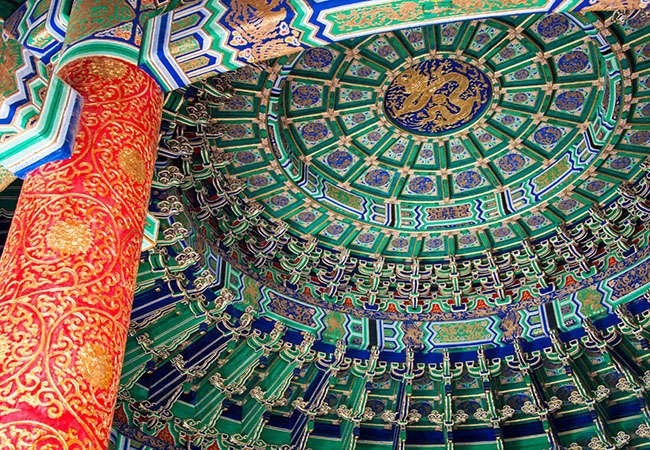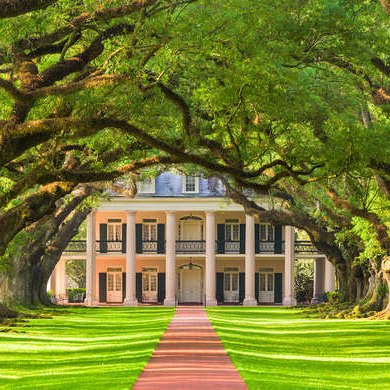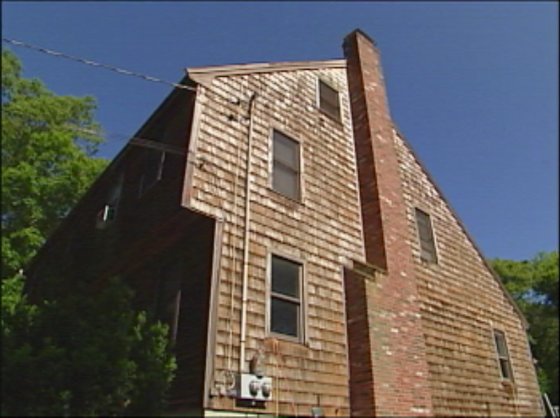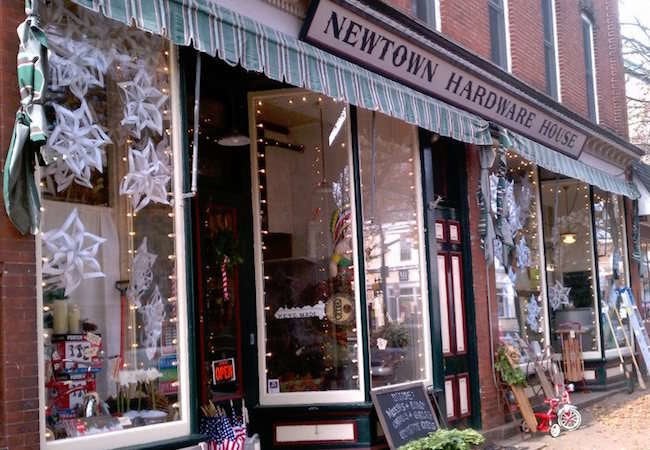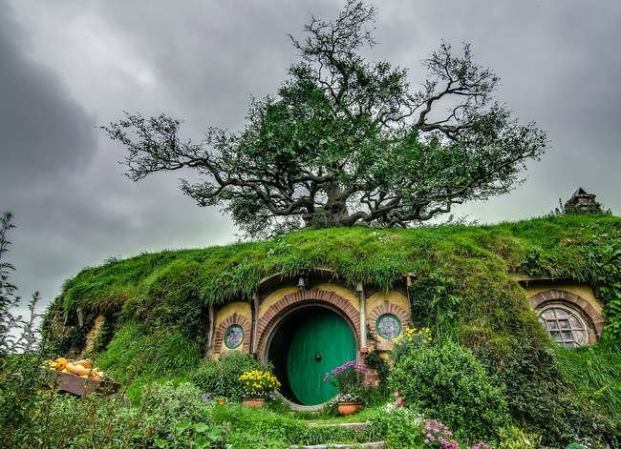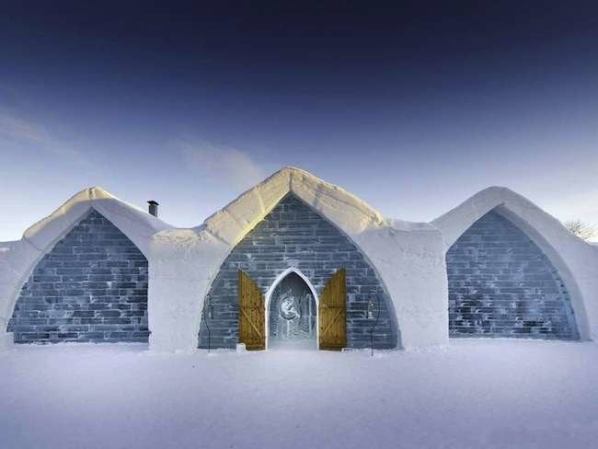We may earn revenue from the products available on this page and participate in affiliate programs. Learn More ›
Inspiration from On High
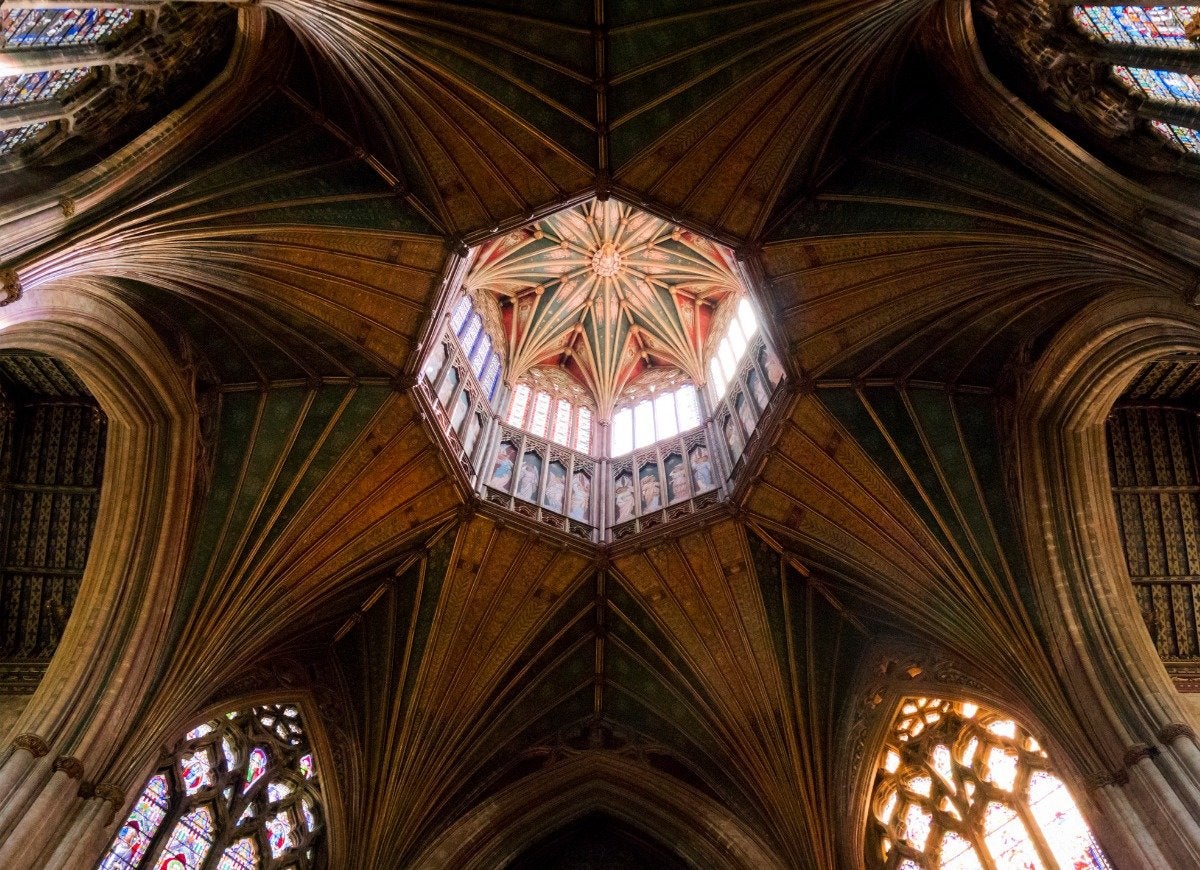
While the ceilings in your home may be purely utilitarian, scarcely even warranting a second glance, there are celebrated ceilings throughout the world that are as much works of art as they are structural elements. In fact, as you’ll see from this astounding collection, a ceiling can literally be the crowning glory of a building.
The Pantheon, Rome, Italy
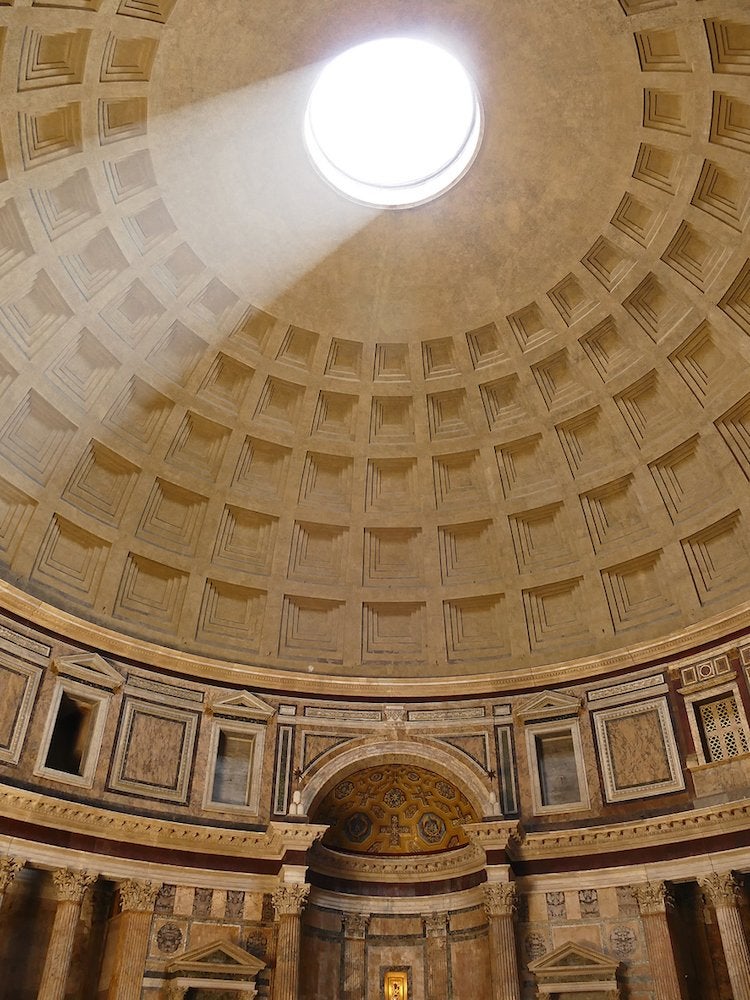
The best-preserved monument of ancient Rome, the Pantheon is famous for its stately portico and large rotunda, but it’s the domed ceiling that has turned heads since the building’s completion around 126 A.D., during Hadrian’s reign. The largest domed ceiling of its time—and still the world’s largest unreinforced concrete dome—the 142-foot-wide ceiling consists of 5 rings of 28 rectangular coffers, or recessed panels. The 27-foot-wide oculus, a circular opening at the top of the dome, is the only source of natural light, illuminating the marble floors below.
Sagrada Familia Basilica, Barcelona, Spain
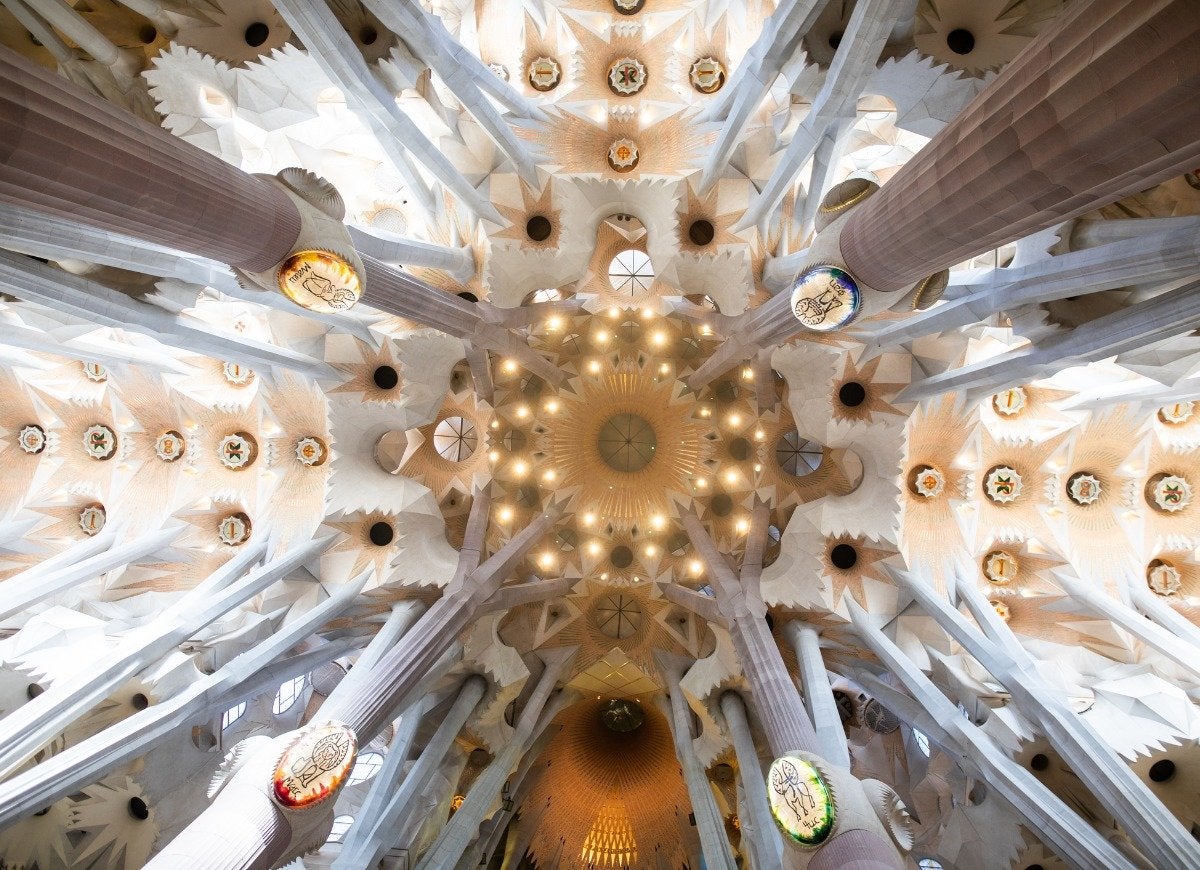
Though ground was broken back in 1882, construction is still underway at this basilica designed by idiosyncratic Catalan architect Antoni Gaudí. In fact, the church was just consecrated in 2010. While the five naves, or central sections of the church, give it the traditional shape of a Latin cross, the ornate ceiling with a central vault, or self-supporting arch, that soars to 200 feet evokes an ethereal forest canopy that rests on palm-tree-like columns rising up from the floor.
Shah Cheragh Mosque, Shiraz, Iran
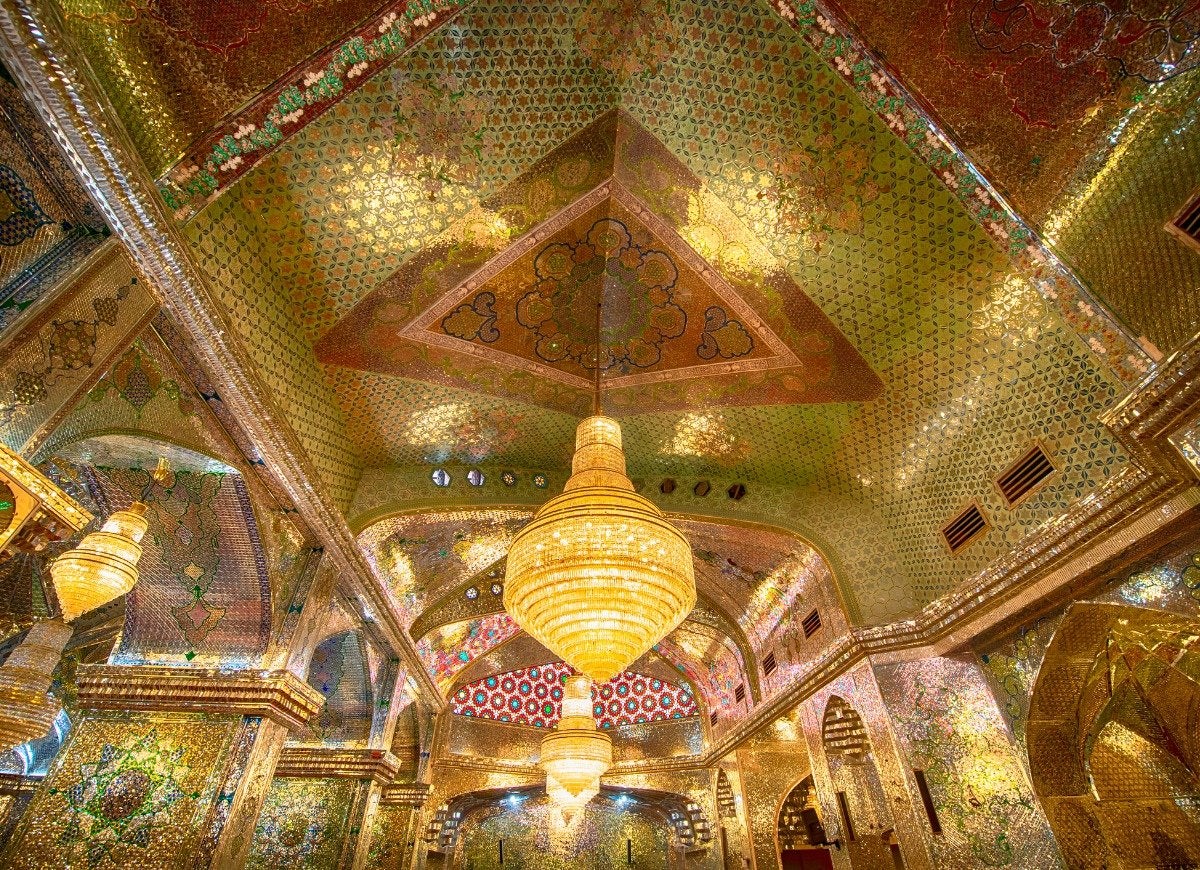
Built as the mausoleum of Sayyed Mir Ahmad, the son of the seventh Imam, this funerary monument is an important pilgrimage site for Shia Muslims. Beyond the 10-columned portico lies a spacious sanctuary, the mosque, and various other spaces, all bathed in the gorgeous glow of light reflected and amplified by the mirrored glass mosaic covering the ceiling and walls. The luminous interior embodies the literal meaning of Shah Cheragh in Persian—“King of the Light.”
Ely Cathedral, Ely, England
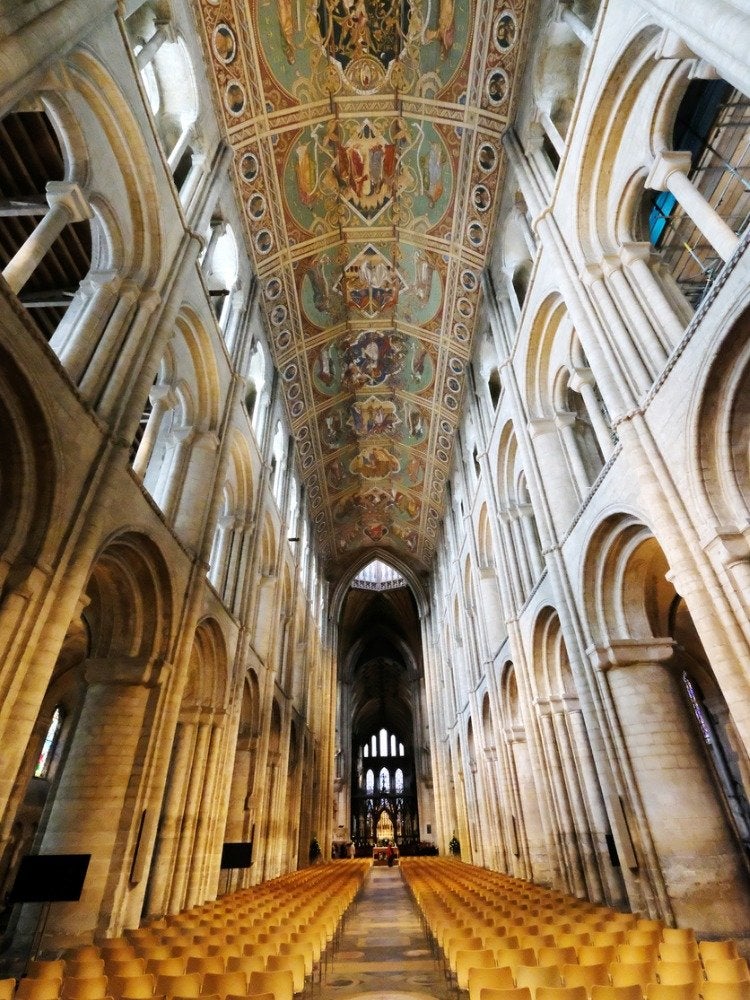
England’s fourth-longest cathedral dates back to medieval times. Some of its elements are more than 900 years old, including the nave, the central section of the church. The images on the stunning ceiling that towers above the nave are more recent additions, painted between 1858 and 1862 as part of a restoration. The ceiling’s 12 panels depict the lineage of Jesus Christ, from Adam in the first panel to Christ himself in the 12th.
Library of Congress, Washington, D.C.
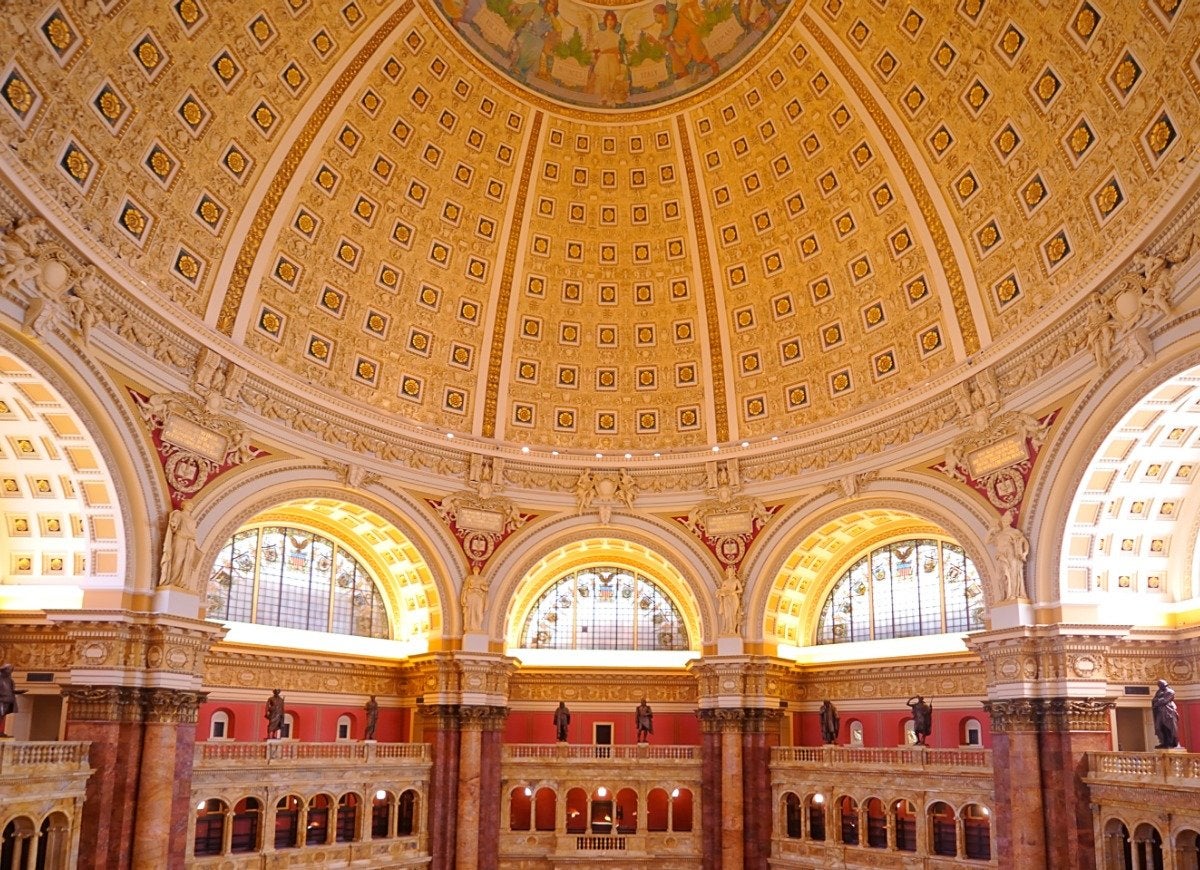
The main building of the Library of Congress, now known as the Thomas Jefferson Building, opened in 1897. Though the library’s collection of more than 168 million reference materials is spread across several buildings, this is the one that tourists flock to, particularly to see the famous octagonal reading room and its ornate coffered ceiling. A round mural in the lantern of the dome portrays a female form symbolizing human understanding; around the collar of the dome are 12 figures that represent different epochs or countries that contributed to the development of western civilization.
Imperial Vault of Heaven, Beijing, China
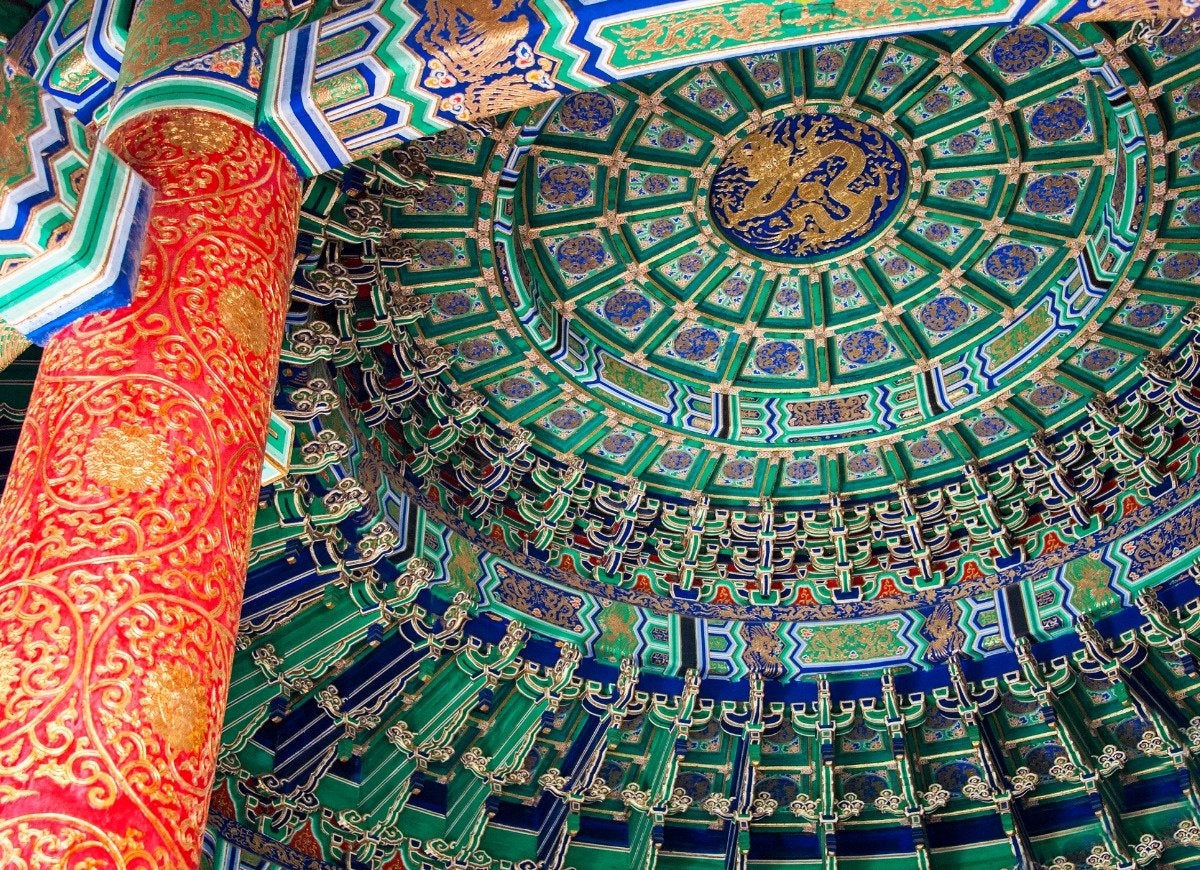
The Imperial Vault of Heaven together with the Hall of Prayer for Good Harvests and the Circular Mound Altar make up the Temple of Heaven, a religious complex considered the height of Chinese architectural achievement. Erected in 1530 and rebuilt in 1752, this round pavilion set on a white marble platform is topped by a wooden dome that has no crossbeam to support it, relying instead on complicated span work. The interior of the dome features a dramatic blue-and-green coffered ceiling; at its center a gilded dragon toys with a pearl, surrounded by 360 smaller dragons.
Church of the Savior on Spilled Blood, St. Petersburg, Russia
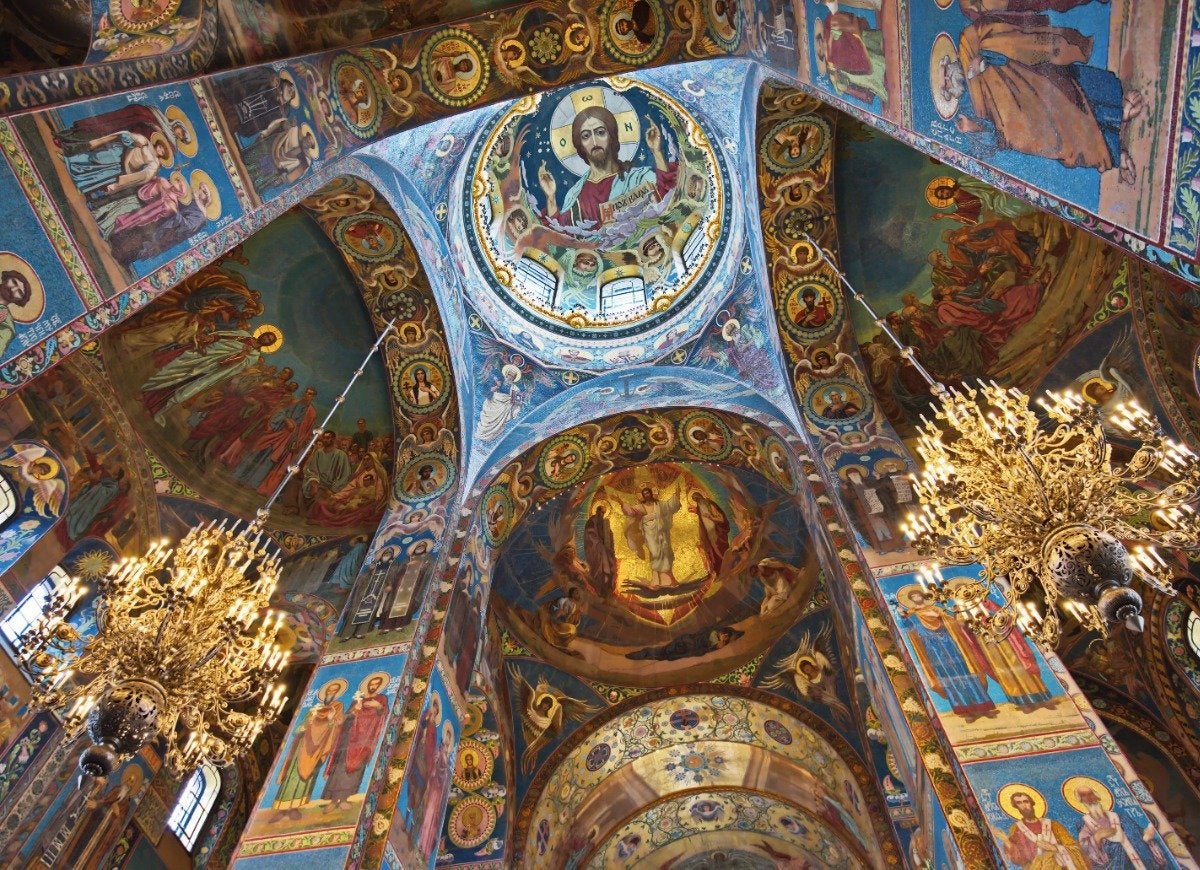
Commissioned by Alexander III on the site where his father was assassinated in 1881, the Church on the Blood once held weekly requiems in Alexander II’s memory. The building was extensively damaged during World War II, and after the war it served as a warehouse. Restoration of the church began in 1970 and was finally completed in 1997, although the reconstructed building was never consecrated. The interior is covered, floor to ceiling, with colorful mosaics depicting the life of Jesus and Russian saints, and, most notably, the impressive Christ Pantocrator in the dome. Appropriately, the church now serves as a museum of mosaics.
Old Louisiana State Capitol, Baton Rouge
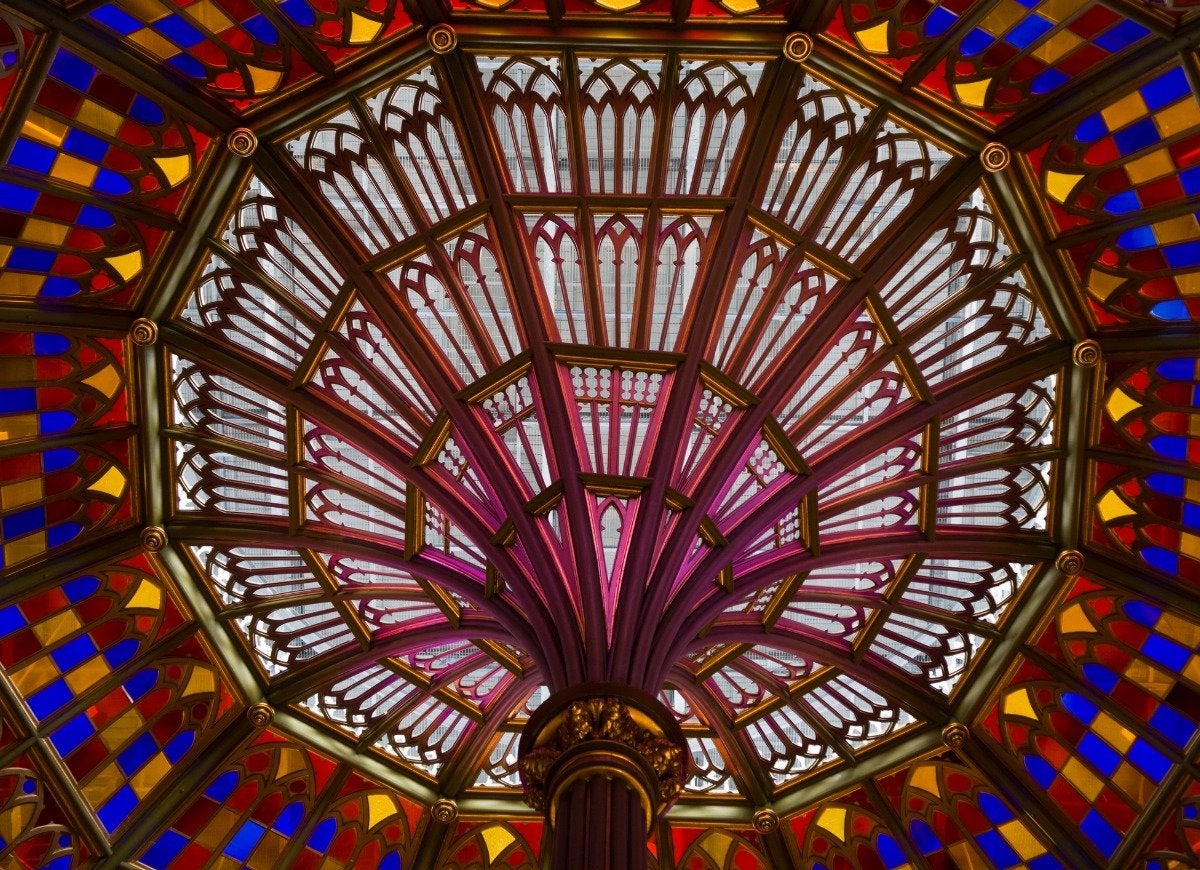
Ground was broken for this Gothic-style statehouse in 1847, but by the end of the Civil War, during which it was occupied by Union troops and suffered devastating fires, only the exterior walls remained. As part of a reconstruction effort completed in 1882, a fourth floor, a cast-iron spiral staircase, and a stained-glass ceiling visible only from inside the building were added to the domed rotunda. In 1932, government functions moved to a new capitol building, and the old statehouse became a museum.
Chicago Cultural Center, Chicago, Illinois
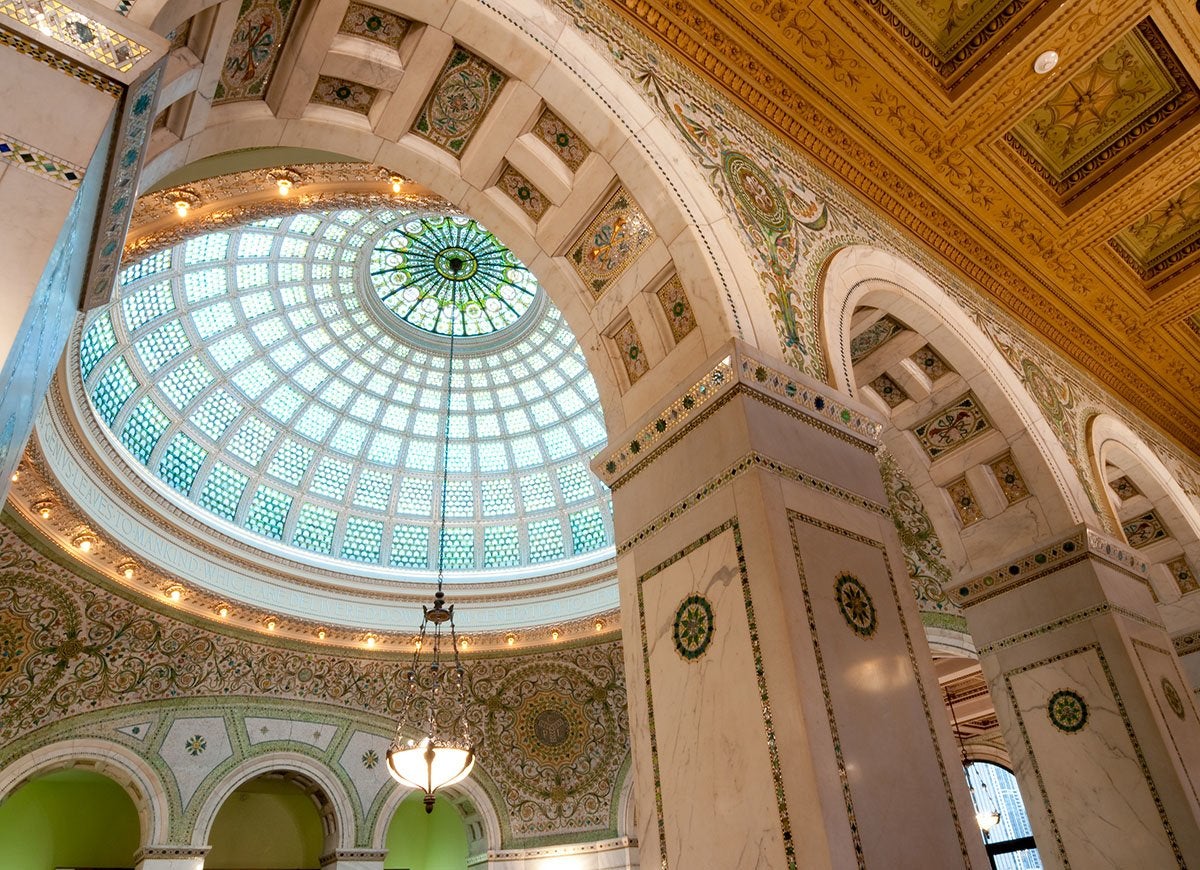
Constructed in 1897 as the city’s first central library, this blend of neoclassical and beaux arts style treats visitors to not one but two stunning stained-glass domes. The world’s largest Tiffany dome, on the south side of the building, spans 38 feet in diameter and incorporates 30,000 pieces of glass. For even more spectacle, head to the north side of the center to catch the 40-foot Renaissance-style dome made up of 50,000 pieces of glass. Since 1977, the building has been a cultural center that offers programs and exhibitions that celebrate the performing, visual, and literary arts.
Grand Palais, Paris, France
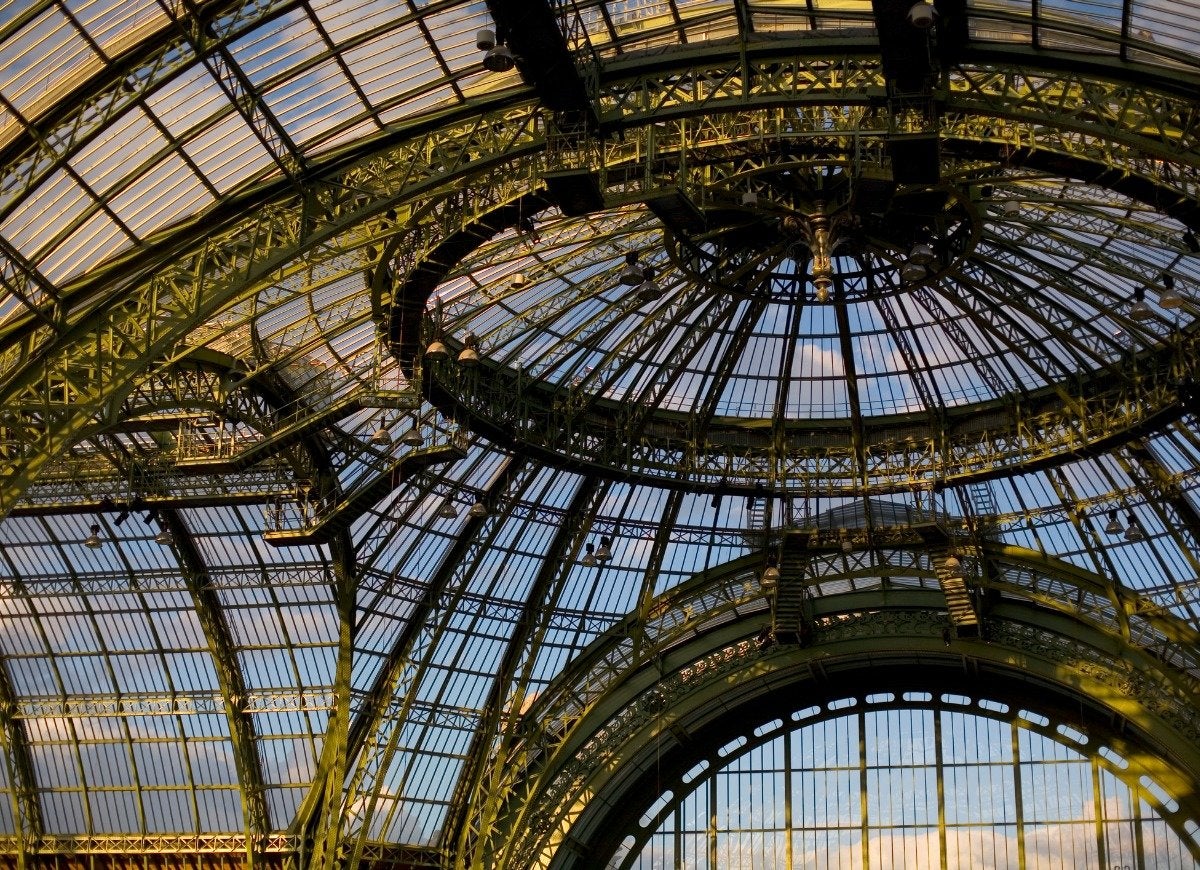
Along with the Arc de Triomphe and the spire of the Eiffel Tower, the dome of the Grand Palais is among the most recognizable silhouettes in the Paris skyline. The 145,000-square-foot nave is topped by the largest glass roof in Europe. Step inside to marvel at the curved glass-and-metalwork ceiling that stretches 150 feet tall and 650 feet wide.
Music Hall of Ali Qapu Palace, Isfahan, Iran
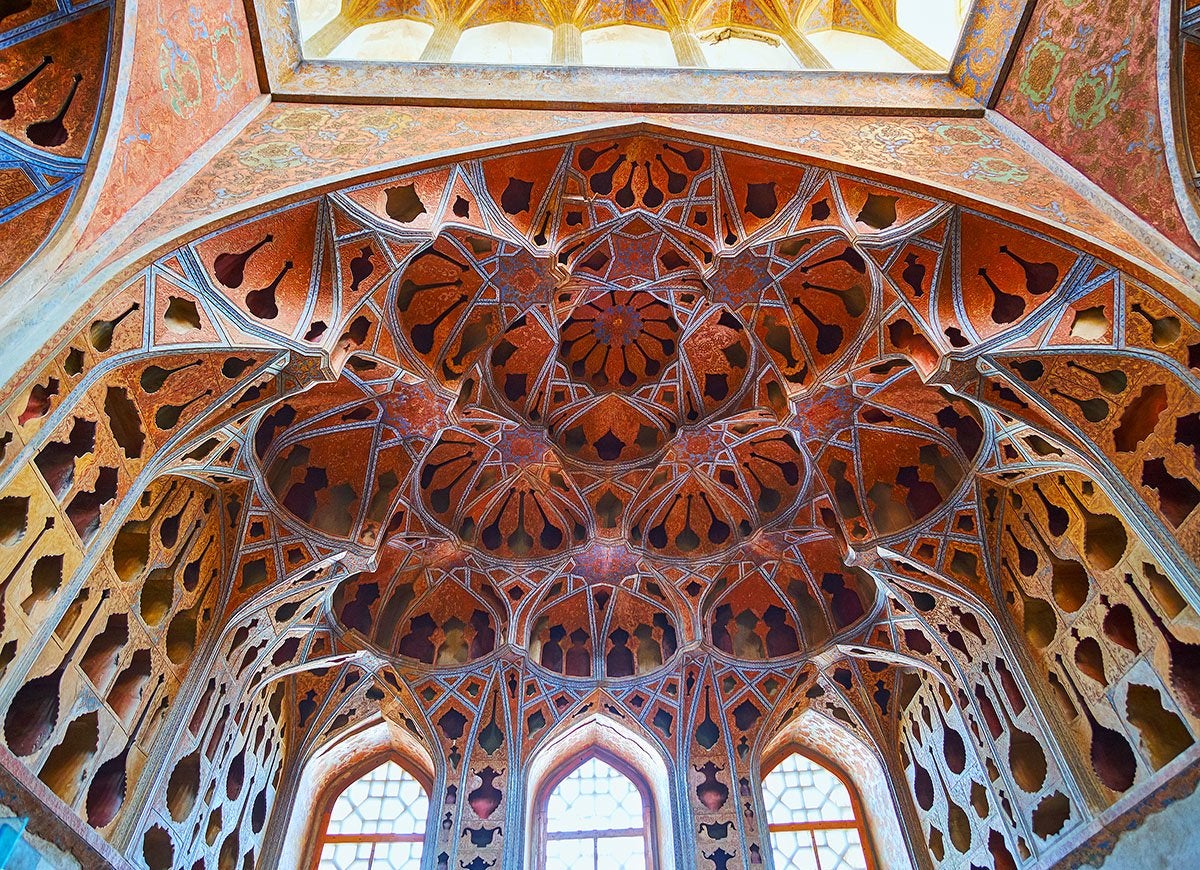
Built in the 17th century as a portal to a palace occupied by emperors of the Safavid dynasty, Ali Qapu contains six floors that span nearly 160 feet in height. The topmost floor houses the Music Hall, where musicians once performed beneath a vaulted mud-brick ceiling adorned with carved and painted stucco as well as acoustic-friendly Muqarnas, geometric cutouts and vaulting used in Islamic design.
Galleria Vittorio Emanuele II, Milan, Italy
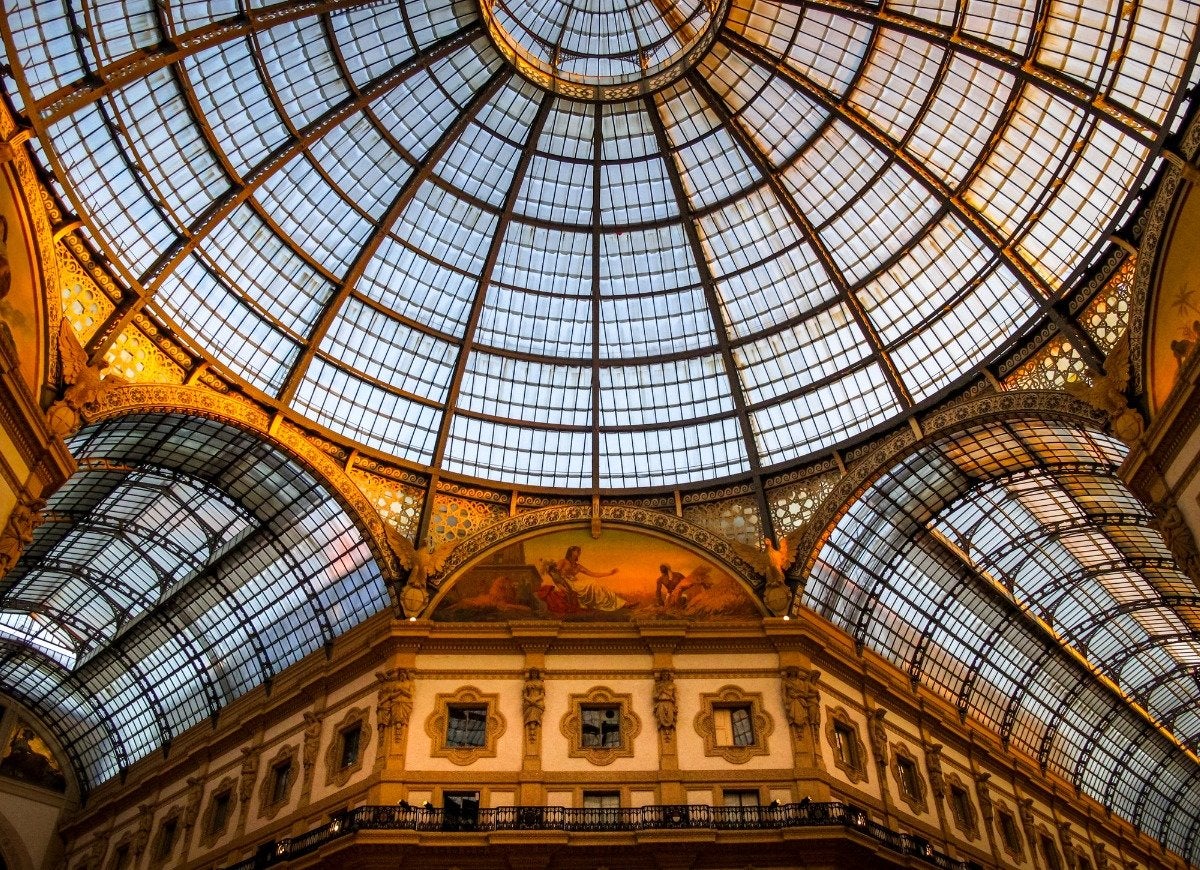
Named after the first king of united Italy, this four-story, 19th-century shopping mall, the oldest active mall in the country, is home to luxury retailers from Prada to Versace. But high-end shops are far from the only attraction: The two glass-vaulted arcades that make up the structure intersect in a bustling octagonal piazza topped with a 118-foot-wide glass dome that highlights the mosaic on the piazza floor, 154 feet below, depicting the coat of arms of Savoy.
Taj Mahal, Agra, India
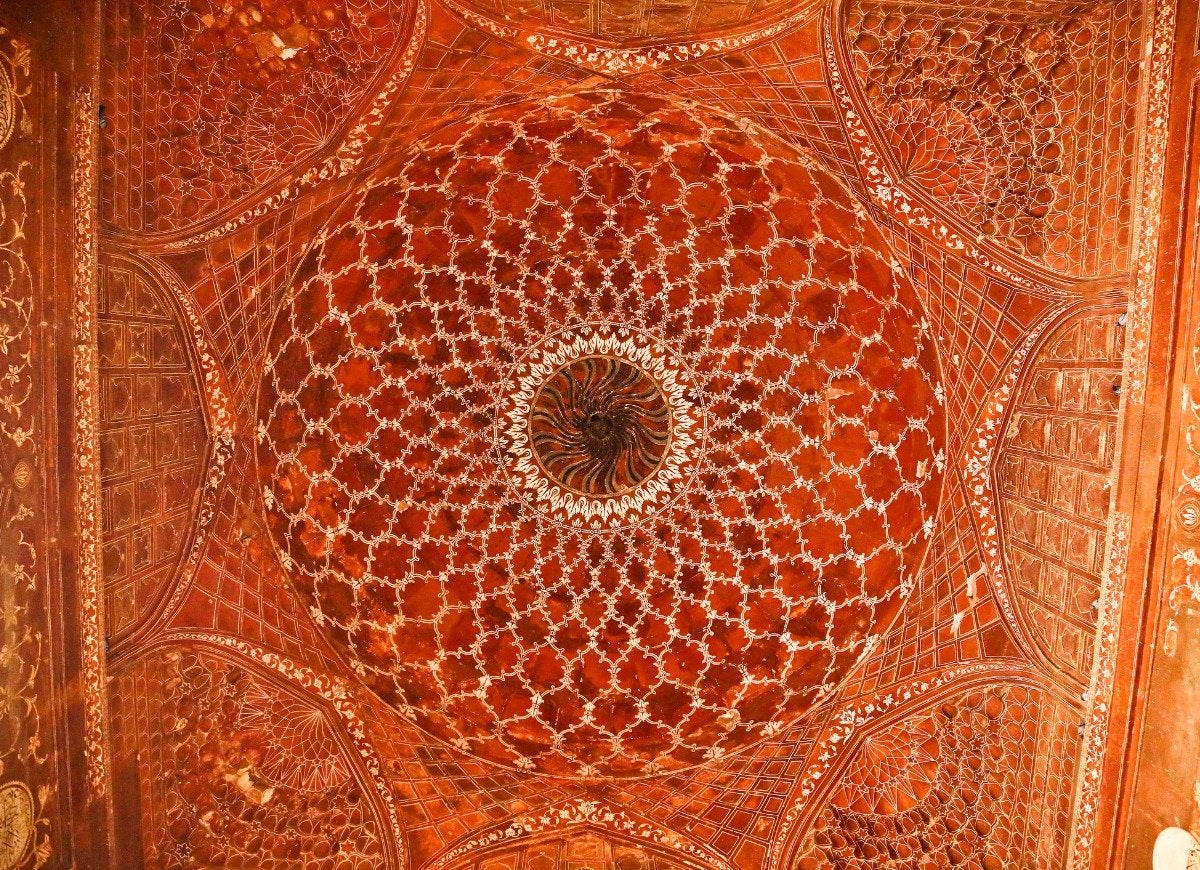
Though the Taj Mahal encompasses a network of buildings and gardens that spans 55 acres, it’s the white marble mausoleum of Mughal emperor Shah Jahan’s wife Mumtaz Mahal that is most closely associated with the name. Inside the mausoleum, the tomb sits in an octagonal chamber. Its 82-foot-tall walls filled with intricate inlay, calligraphy, and carvings meet in a curved ceiling with a sun motif. Look closely at the base of the interior dome for an inscription by the humble head calligrapher: “Written by the insignificant being, Amanat Khan Shirazi.”
Strahov Library, Prague, Czech Republic
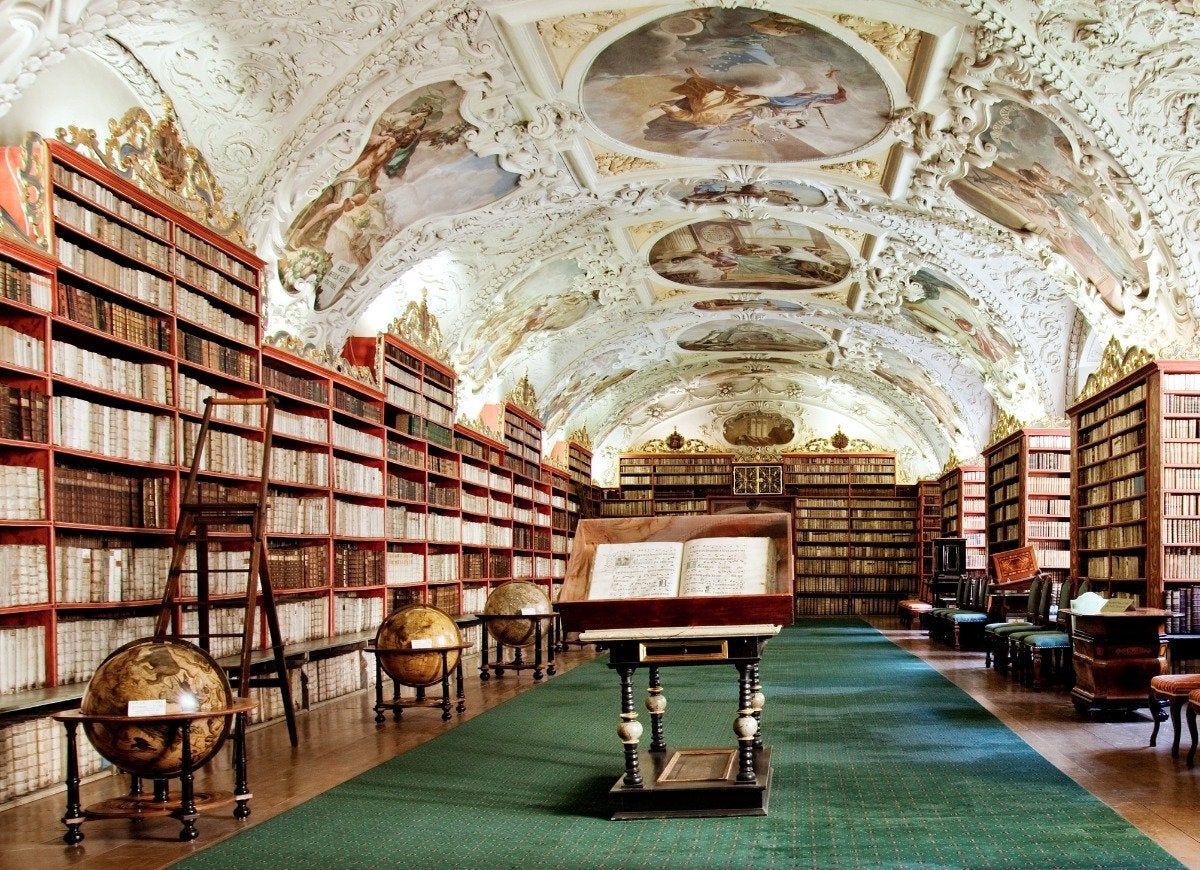
Containing more than 200,000 volumes, Strahov Monastery is home to one of the best-preserved libraries in the world. The monastery actually has two separate libraries. The older of these, the Theological Hall, is a late-17th-century Baroque structure that today houses more than 18,000 volumes. The gorgeous ceiling frescoes depict themes from Psalms and the New Testament.
Melk Abbey, Melk, Austria
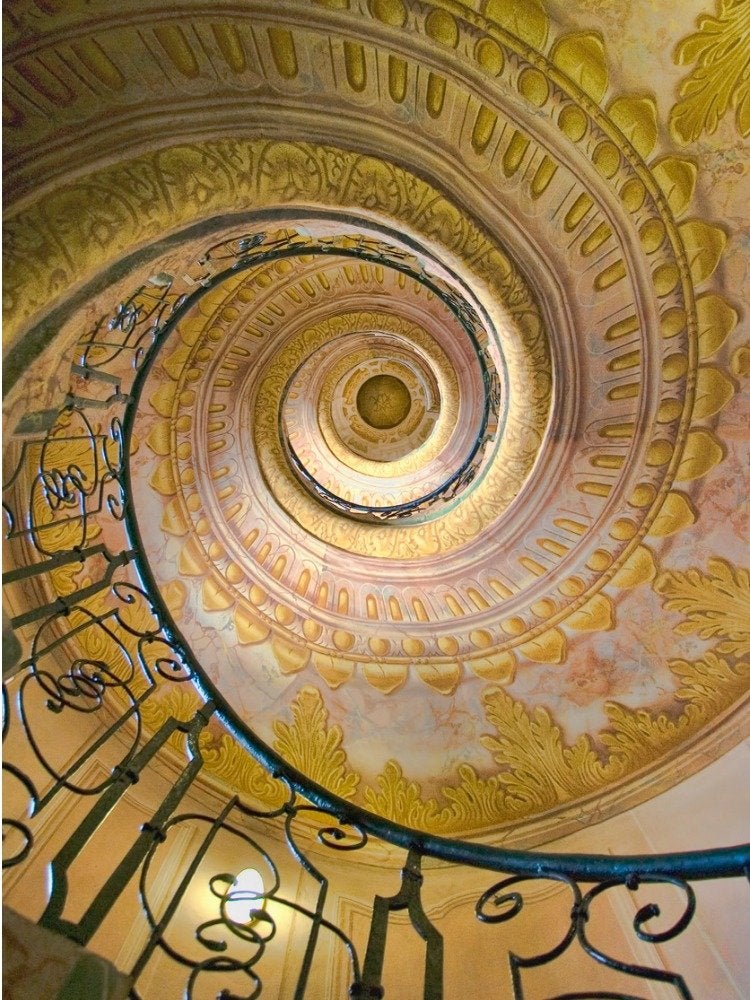
Built between 1701 and 1736 by Jakob Prandtauer and Joseph Munggenast, this Benedictine abbey is home to a dazzling church with ceiling frescoes by Johann Rottmayr. But first-time visitors may not know that the abbey is also a researcher’s paradise, with a library that boasts 16,000 volumes and its own ceiling frescoes by Paul Troger. A spiral staircase leads from the church to the main library as well as to additional rooms of the library. Overall, the library’s collection totals more than 100,000 volumes.
Sistine Chapel, Rome, Italy
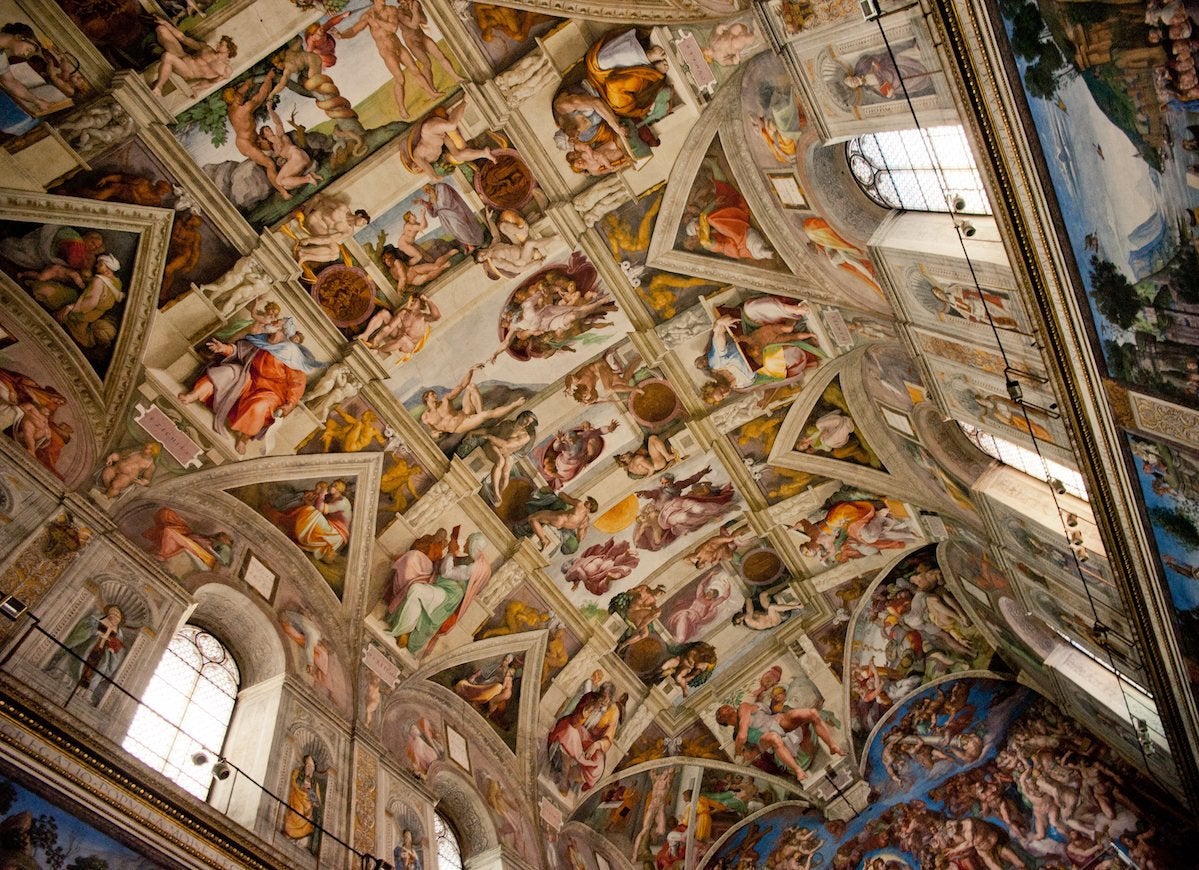
flickr.com via Colin Tsoi
While it’s easy to overlook the humble red brick exterior of the Sistine Chapel, its interior is a sight to behold, adorned with awe-inspiring works by several master painters. The north and south walls feature frescoes of the life of Christ by such artists as Perugino and Pinturicchio, while the lower side walls depict the Gospels and Acts of the Apostles, as painted by Raphael. But it’s the frescoes painted by the ultimate Renaissance man himself, Michelangelo, for Popes Julius II and Paul III that the Sistine Chapel is best known for—in particular, the scenes from the Old Testament on the ceiling and “The Last Judgment” on the west wall.
Related: Classic Vacation Spots That Are Nothing Like They Used to Be
